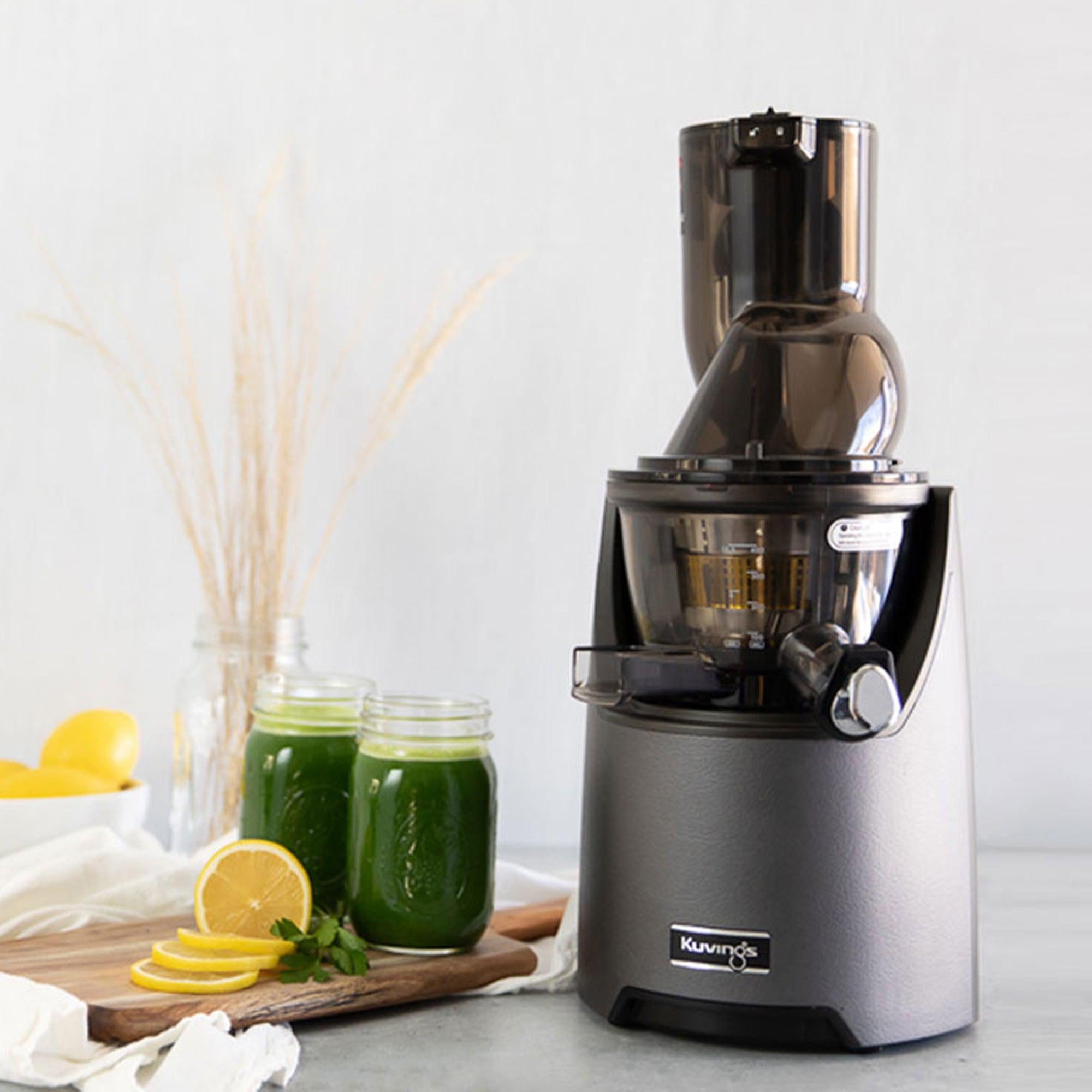Compared to purchasing cold-pressed juices from stores, the initial investment in a Kuvings slow juicer and juicing at home saves you more money. After purchasing your Kuvings juicer, maximize your savings with our money-saving tips and budget-friendly juice recipes.
1. Plan and budget
One effective method individuals frequently employ to save money is determining a budget and sticking to it. A similar strategy can be applied when it comes to juicing. Select the recipes you wish to prepare, identify the necessary ingredients, and assess the costs.
Such mindful planning helps with reasonable spending and waste reduction. To further maintain a low-cost approach to juicing, incorporate the following tips into your plans.
2. Buy cost-effective produce
The cost of produce can vary depending on location and availability. Notable inexpensive produce includes carrots, sweet potatoes, celery, apples, cucumbers, cabbage, romaine lettuce, and spinach.
Many of these affordable produce options also have a long shelf life. Long-lasting produce decreases the likelihood of food spoilage and additional spending to buy more produce.
Also, consider buying produce that’s in season because they go on sale often! They also tend to be tastier, cheaper, and more readily available than when they’re out of season. Seasonal availability also depends on your location and the climate, so we suggest doing some research to get ideas on what to buy!
3. Use complementary, water-rich ingredients
Avoid creating unpalatable juices by selecting ingredients that pair well with other ingredients. This is highly recommended for beginners in juicing or those experimenting without a fixed recipe, as you may not be fully acquainted with the diverse flavors of fruits and vegetables.
Using complementary ingredients reduces the likelihood of discarding juice and wasting money on ingredients. Some common juicing staples are apples, beets, carrots, oranges, pineapple, and lemons!
Other common juicing ingredients are those with high water content as they ensure a high juice yield for the price paid. Water-rich ingredients such as melons, cucumber, zucchini, cabbage, lettuce, and celery are excellent choices for budget-friendly, high-yield juicing. Learn more about the benefits of these ingredients and the significant role water-rich ingredients play in the juicing process here.
4. Bulk buy for batch juicing
If you’re looking to juice a lot and are confident in using all your produce before it expires, buy your produce in bulk. Buying larger quantities often results in a lower cost per piece or pound.
Discounted grocery stores, farmers' markets, international markets, and co-ops are prime sources of cheap produce.
To make juicing a substantial amount of produce easier, we recommend using a hands-free slow juicer, such as the AUTO10. Its impressive 3L hopper can juice whole ingredients and recipes, reducing preparation time. AUTO10 also automatically feeds ingredients into the juicing chamber for hands-free operation. These features make it a game-changer for bulk and batch juicing.
5. Minimize produce waste
While many of the suggestions revolve around purchasing produce, it's important to note that you don't have to buy new produce every time you wish to juice. Take inventory of what you have at home and juice the leftover produce to save money and minimize waste.
Don’t overlook the parts of fruits and vegetables that are typically discarded as they may contain juice content. Save scraps like parsley stalks, kale stalks, celery leaves, and beet leaves from your cooking or juicing sessions to use for future juicing sessions and other uses!
@theallnaturalvegan pairs her vegetable scraps with beets and pineapple to create a juice with a pleasant color and taste.
6. Grow your produce
Growing your produce at home presents a cheaper alternative to store-bought produce because it eliminates costs associated with transportation, packaging, and retail markups.
Contrary to the perception that gardening requires outdoor space and extensive knowledge, growing your juicing ingredients can be done indoors with simple-to-grow produce.
Spinach is one of the easiest and fastest-growing crops. It can be grown indoors during the winter months and only needs 4-6 hours of light daily. It doesn’t require a lot of space as 3 to 4 spinach plants fit in one 14-inch pot. Growing your own ingredients provides a fulfilling and money-saving approach to juicing.
3 Budget-Friendly Juice Recipes
@haroldleffall employs our money-saving tips when creating his budget-friendly juice recipes. He buys high-yield produce from his local farmer’s market or international market for the best prices and keeps each recipe under a $5 budget.
Green Juice Recipe
- 1 English cucumber
- 4 green apples
- 1 lemon
Pineapple Orange Juice Recipe
- 1 pineapple
- 1 orange
- 1-2" ginger
Orange Carrot Juice Recipe
- 4 oranges
- 6-8 carrots
- 1 lemon
- 1-2" ginger
Read the other two posts in our “Juicing in the New Year” series: 6 Healthy Habits and 5 Sustainable Living Tips.
____
REFERENCES:
https://www.healthline.com/nutrition/29-cheap-healthy-foods
https://www.stemilt.com/stem-blog/money-time-saving-tips-for-juicing/
https://www.all-about-juicing.com/juicing-on-a-budget.html
https://juicertestkitchen.com/save-money-juicing/
https://www.bhg.com/growing-spinach-indoors-8399483
Image by Greta Hoffman on Pexels

















